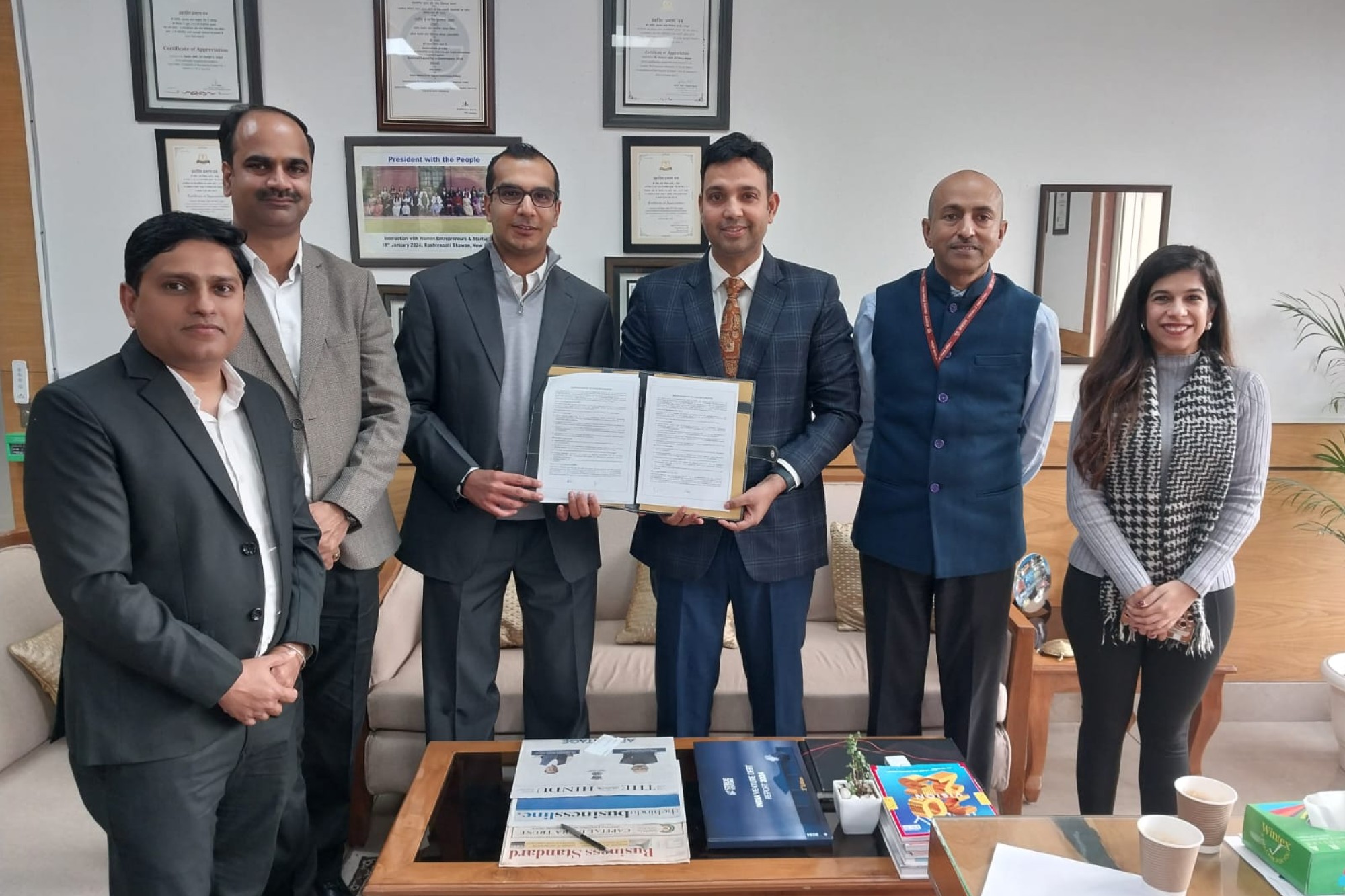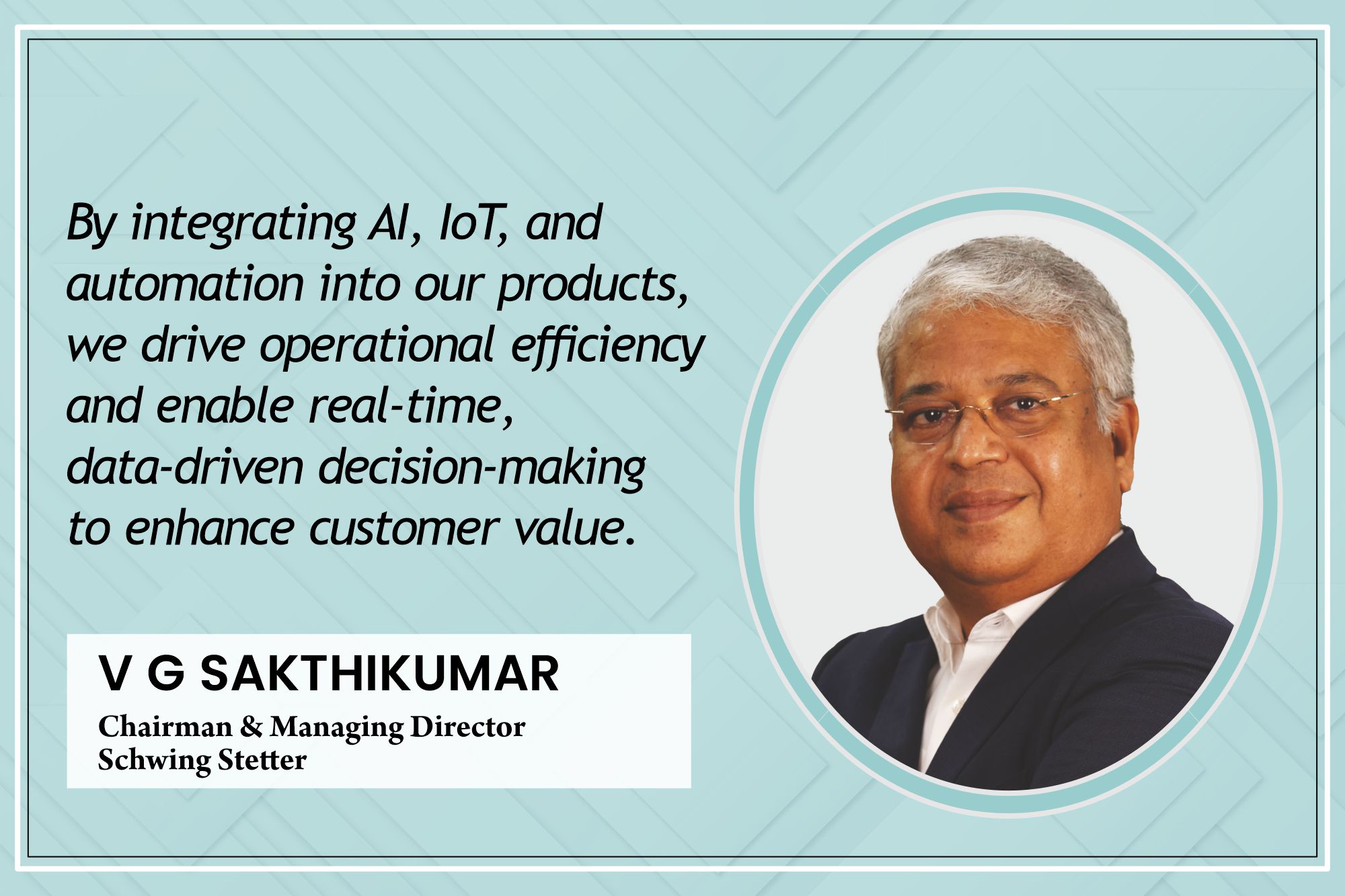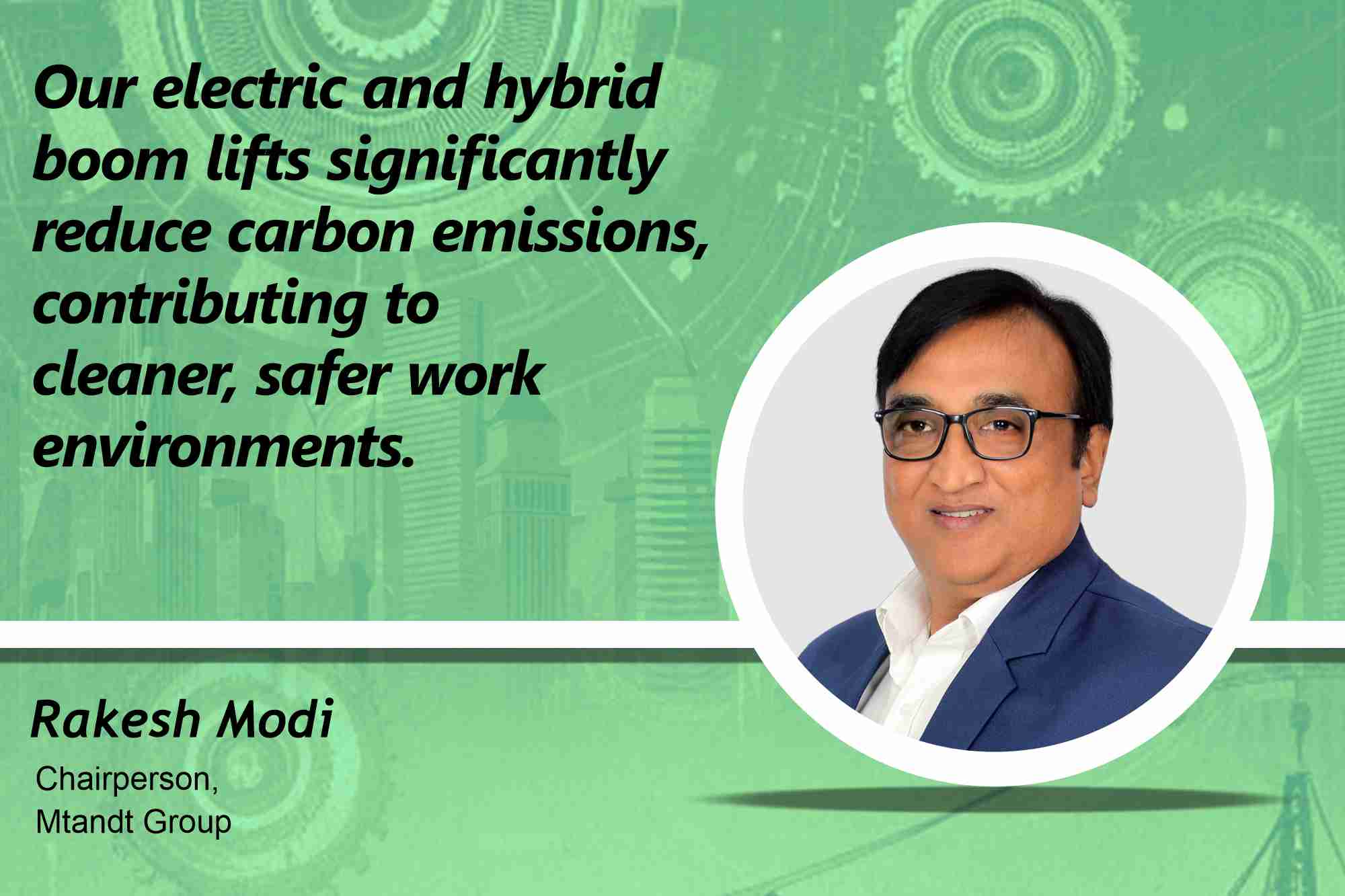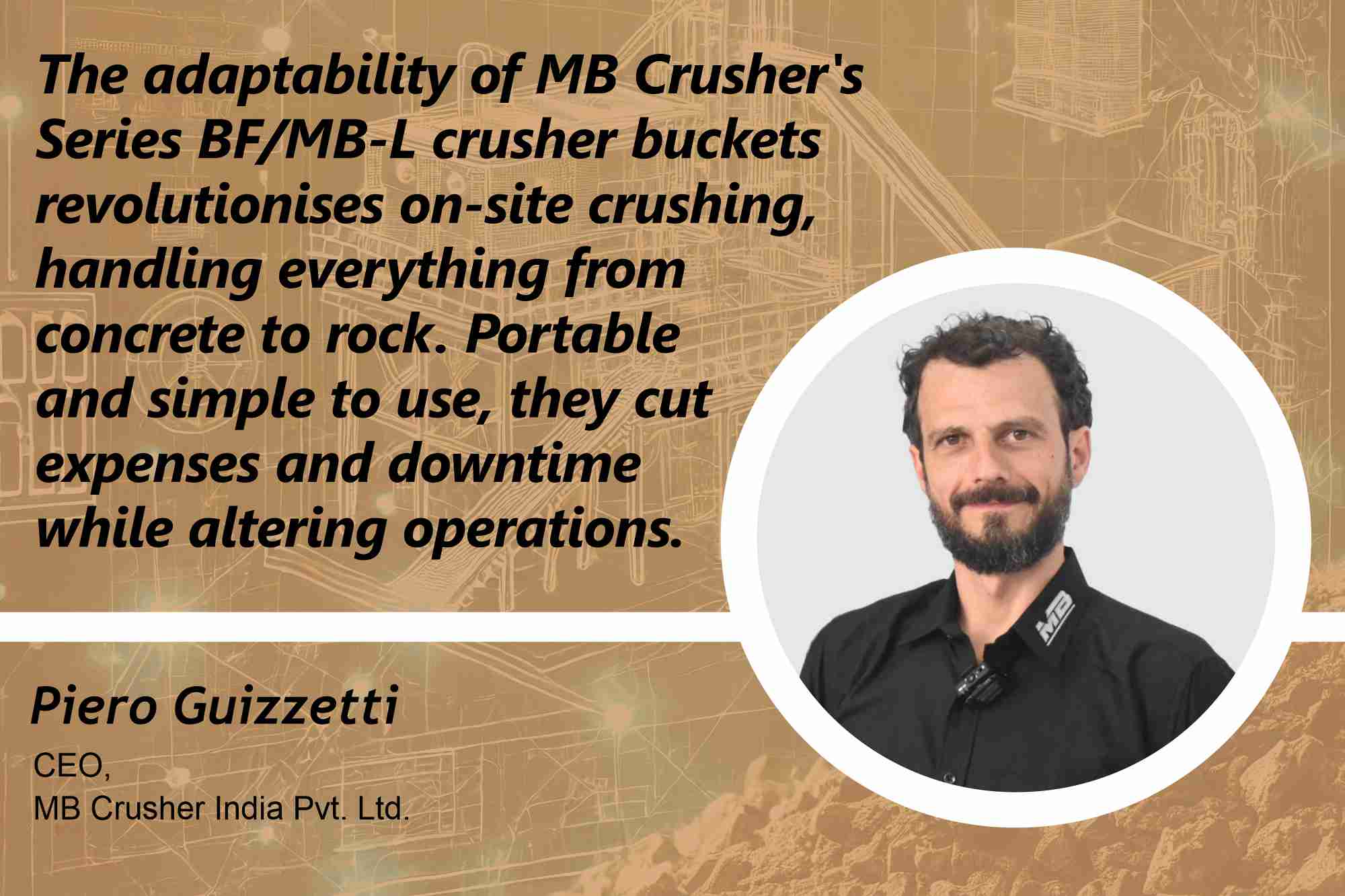How to evaluate aeration system and save energy?
By Edit Team | February 20, 2017 9:49 am SHARE
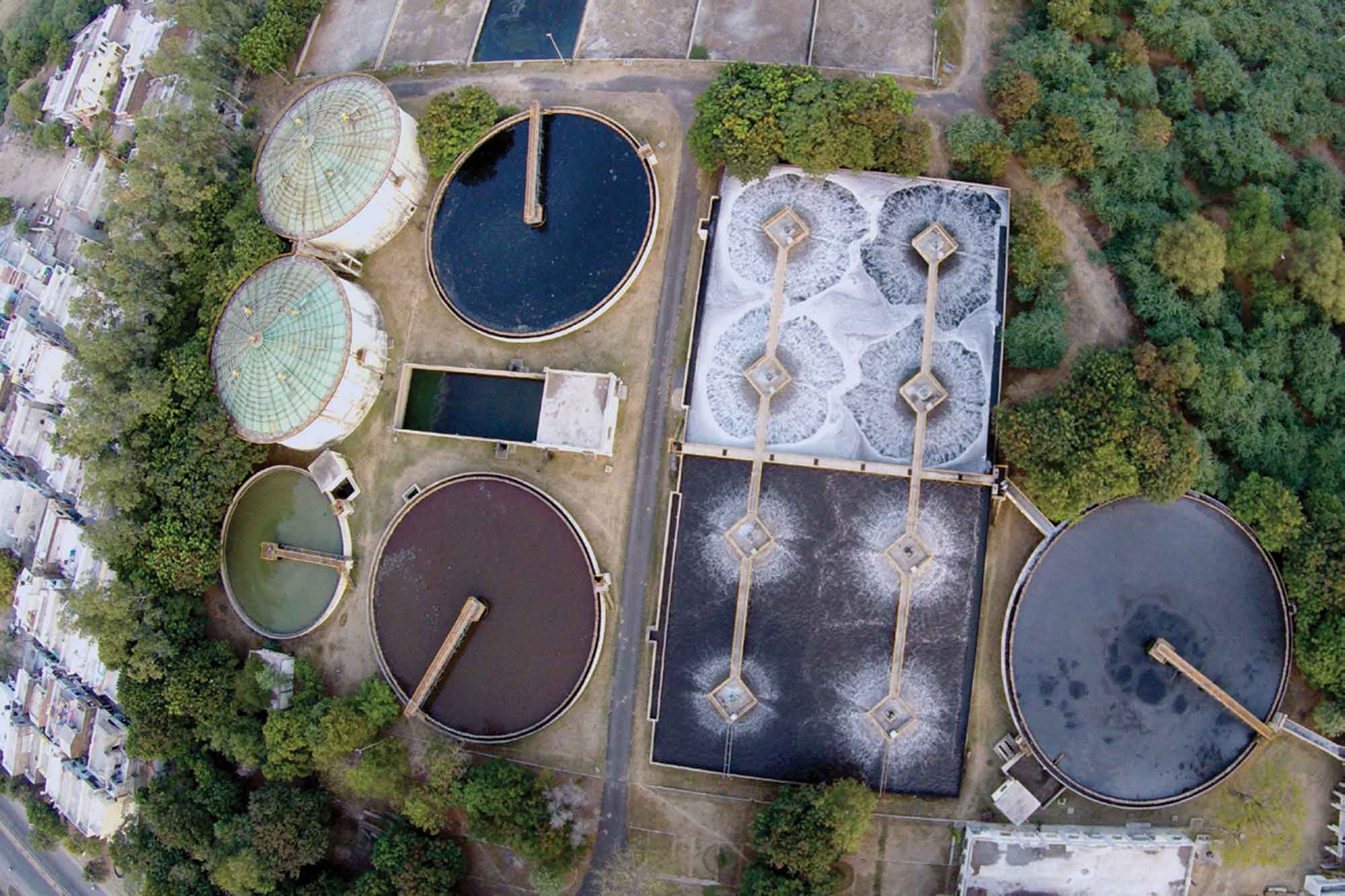
While evaluating an aeration system, the analysis of the total performance and the cost of operation analysis is critical. The components of this analysis should include an evaluation of the initial capital cost of system installation, all operating and energy costs and the projected maintenance costs. Also included should be an analysis of how well the systems perform the four basic functions required of all aerators:
• Provide sufficient oxygen transfer to promote biological treatment.
• Provide sufficient mixing to ensure homogeneity of mixed liquor suspended solids
• and to prevent solid settling.
• Respond to varying process conditions to maximize energy efficiency.
• Provide reliable service, without costly maintenance and downtime, and without reduction in oxygen transfer capability.
Case study-I
A recent case study and achievement of energy saving of 50HP by replacing 100HP blowers with diffused aeration system by 2 25HP floating type environ energy efficient aerators at Cadila Pharmaceuticals Ltd.
The characteristics of the Effluent are as below:-
• Flow in cubic meter per day = 150 – 250kl.
• Inlet BOD to Aeration Tank: 1000-1500 ppm.
• Inlet COD to Aeration Tank: 2500-5000 ppm.
• TDS of the Effluent: 15000 ppm.
• Aeration Tank size: 9.5 M x 9.5 M x 5 M Depth X 2 Tanks.
• Ammonical Nitrogen: 150 – 300 ppm.
• Diffused Aeration System: 50 HP x 2 + 2 stand by = Total 100HP Blowers.
• Membrane used: 88 Nos. x 2 = Total 176 Nos.
• Make of Diffusers: IBS Frank Sommer GmbH, Germany.
Calculation of Aerator HP required
Flow: 250 cubic meter/day x COD 5000ppm ÷ 1000 = 1250 kg of COD.1250 kg of COD requires 1250 kg of O2/day + 375 Kg. of O2 is required to reduce Ammonical Nitrogen = 1625 Kg of O2 required per day / 24 hrs. = 67.70 Kg.of O2 required per hour. The oxygen transfer efficiency of Environ Energy Efficient Aerator is 1.4 kg of O2/HP/HR. Hence the HP required will be 67.70 Kg of O2 required / 1.4 kg of O2/HP/HR. Assuming the transfer efficiency to be equal to 48.36 HP or, say 50HP Aerator is required per hour. Now, the Diffused Aeration System installed was of 100HP against which 50HP i.e. 2Nos. of 25HP Aerator in each tank installed. This results in the saving of 50HP i.e. 37.5KW.
Considering Rs 7/-per unit electrical charges, saving will be 37.5KW x Rs 7/unit electrical charges = Rs 262.50 Saving per hour x 24 hrs = Rs 6300/- Saving per day x 365 days = Rs 22,99,500/- + Expenses on maintenance = Saving per year. By installing 2 N25HP Floating Aerators, Cadila had achieved 4.5 to 5 D.O. level in Aeration Tank instead of 0.9 D.O. with 100HP Diffused Aeration System.
Case study-II
Why Diffused Aeration System with 100HP Blowers was not able to achieve the results at. Cadila Pharmaceuticals, Ankleshwar, even though the requirement was of 67.70 Kg. of O2/Hour as per the calculations?
Observations
• Diffused aeration systems have gained popularity based on only one aspect of their performance- they provide high oxygen transfer efficiencies in clean water. However in reality, the waste water is not clean. A fine bubble diffused system which performs efficiently in clean water instantly becomes less efficient in waste water. Over a few months or so, the degrading of oxygen transfer efficiency becomes more pronounced until, eventually, the diffusers porous membranes will need to be cleaned manually. This is an undesirable and time consuming maintenance operation.
• Mixing Efficiency is missing in the case of Diffused Aeration System, which is equally important in any aeration system. As the characteristics of this, air is to travel in upward directions, it will never go on sides, due to which the sludge is settled at the bottom floor level between two diffusers, which creates septic conditions and the D.O. level reduces.
• It is very simple to understand that due to continuous water pressure on diffusers, the consumption of energy to blow the Air is more. Hence more energy is required blowing the air.
• In Diffused Aeration System, due to continuous water pressure on diffusers, continuous load to blow the air is transferred to the blowers due to such loads, the Blower blows the hot air, which is transferred to the Effluent and the Effluent temperature rises about 80° to 150° depending upon the ambient temperature and due to rise in temperature of the Effluent, the solubility of the oxygen is reduced and the oxygen transfer efficiency will decrease.
• Also, the distribution of air is not equal in Diffused Aeration System. This means that the air which comes out with the pressure in the first lane of the diffuser, the same pressure cannot be maintained in the second, third or last lane of the diffusers.
• A single blower cannot run continuously as it gets heated. This is the reason why a stand is required. This results in an increase in the capital investment. Secondly, maintenance of the blowers is very expensive, it requires special mechanics and they attend the problems on chargeable basis. Consumption of oil is also on very higher side, which should be added in operation cost. Noise level of Blowers is also very high.
• The life of the diffusers is about 1.5 to 2 years. So, replacement cost is also very expensive and time consuming.
Facing such problems and spending more energy, doing maintenance in blowers and diffusers does not help in achieving the final output results. Even after knowing such conditions and having experience of not achieving output results and expenses occurred on maintenance, the experts recommend the same to the clients and convenience the client to install the same.
Environ engineering company can help users to achieve the output results and to save the energy and maintenance cost .The minimum life of Environ Energy Efficient Aerators is 12 – 15 years with minimum energy consumption having very low maintenance cost and these aerators are suitable for aeration tank having SWD up to 6 meters.
Authored By-
Jayraj Thakore
Managing Director
Environ Engineering Company,
864/3/B, GIDC, Makarpura,
Vadodara – 390 010
Mobile: 09879788102/ 09879788102/ 09825008442
Land Line: 0265 – 2643870 / 6536670
Email: environ@environengg.com
www.environengg.com
Cookie Consent
We use cookies to personalize your experience. By continuing to visit this website you agree to our Terms & Conditions, Privacy Policy and Cookie Policy.



